Candlestick charting Explained : Gregory L. Morris
Empower your trading with Japanese candlestick charting
Japanese candlestick charts dramatically improve your understanding of short-term (less than a week) market sentiment, making you a much more informed and focused trader of stocks, futures, and indices. The bestselling Candlestick Charting Explained focuses on the patterns themselves and highlights the key facts you need to know to apply each pattern to your trading. For each of 89 distinctive candle patterns, its standardized format provides you with:
Commentary--Description of pattern and significance of its name, insights into unique features, and other concise explanation
Rules of Recognition--Simple rules for quick, accurate identification along with precise, day-by-day descriptions of pattern development
Scenarios and Psychology Behind the Pattern--Trading scenarios that could have led to the pattern's development, with general discussion of the psychology of each
day's action
Pattern Flexibility--Situations that change the pattern's effectiveness with explanations of allowable deviations from the classic pattern
Pattern Breakdown--Instructions for reducing the pattern to a single candle line and whether or not outside confirmation is suggested or unnecessary
Related Patterns--Patterns that have similar formations, could be considered variations, or are a part of this pattern
Example--A graphic example of the pattern to both aid in recognition and eliminate costly confusion in pattern identification
Additional information and insights present different interpretations of candlesticks based on intraday instead of end-of-day events and action, improving signal reliability. The author's unique candle pattern filtering concept, instrumental in answering the "how" question, is updated to utilize today's larger universe of stock data. An all-new chapter provides practical application and perspective traders need to view candles in the context of today's computer-driven marketplace.
For millions of traders, candlesticks have become a key tool in creating and verifying trading signals. Candlestick Charting Explained is the only book you need to start integrating their proven versatility and effectiveness into your technical trading program.


 9Likes
9Likes LinkBack URL
LinkBack URL About LinkBacks
About LinkBacks








 Reply With Quote
Reply With Quote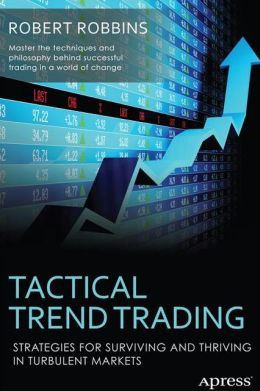
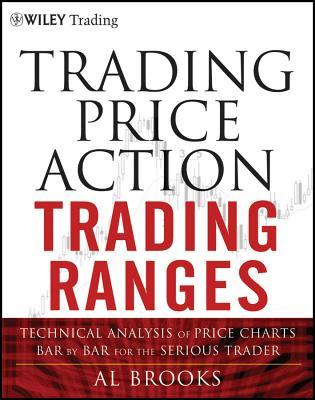
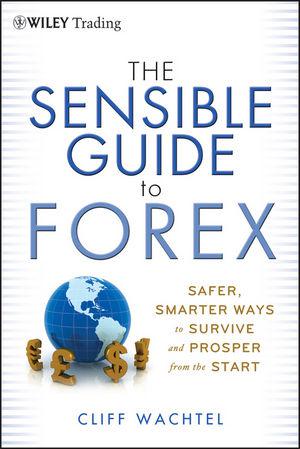
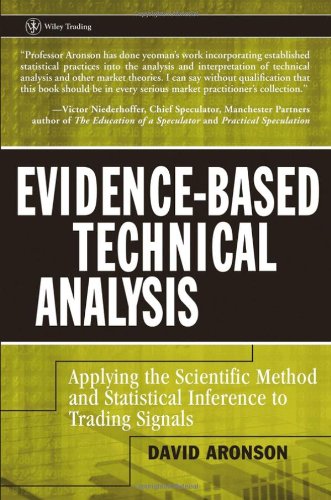




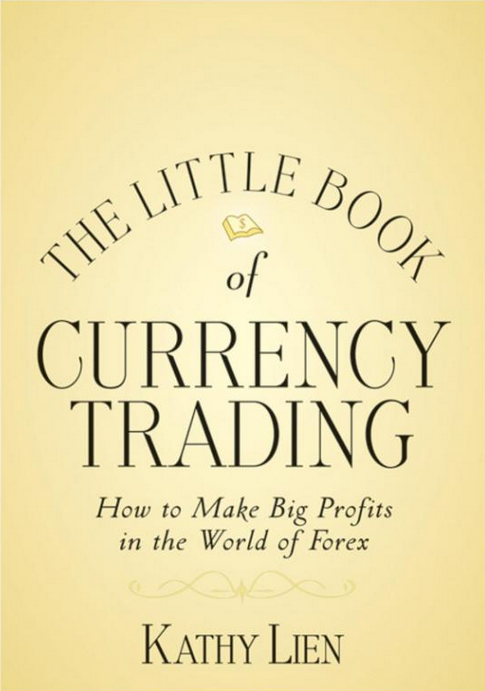
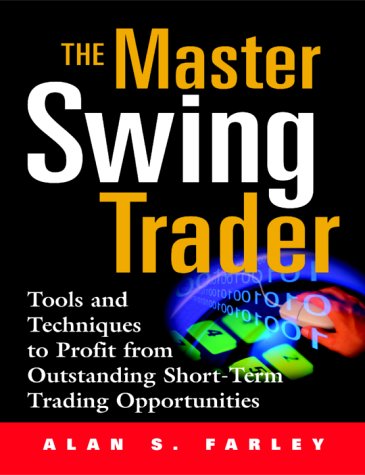
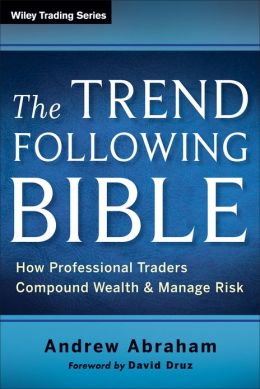


Bookmarks